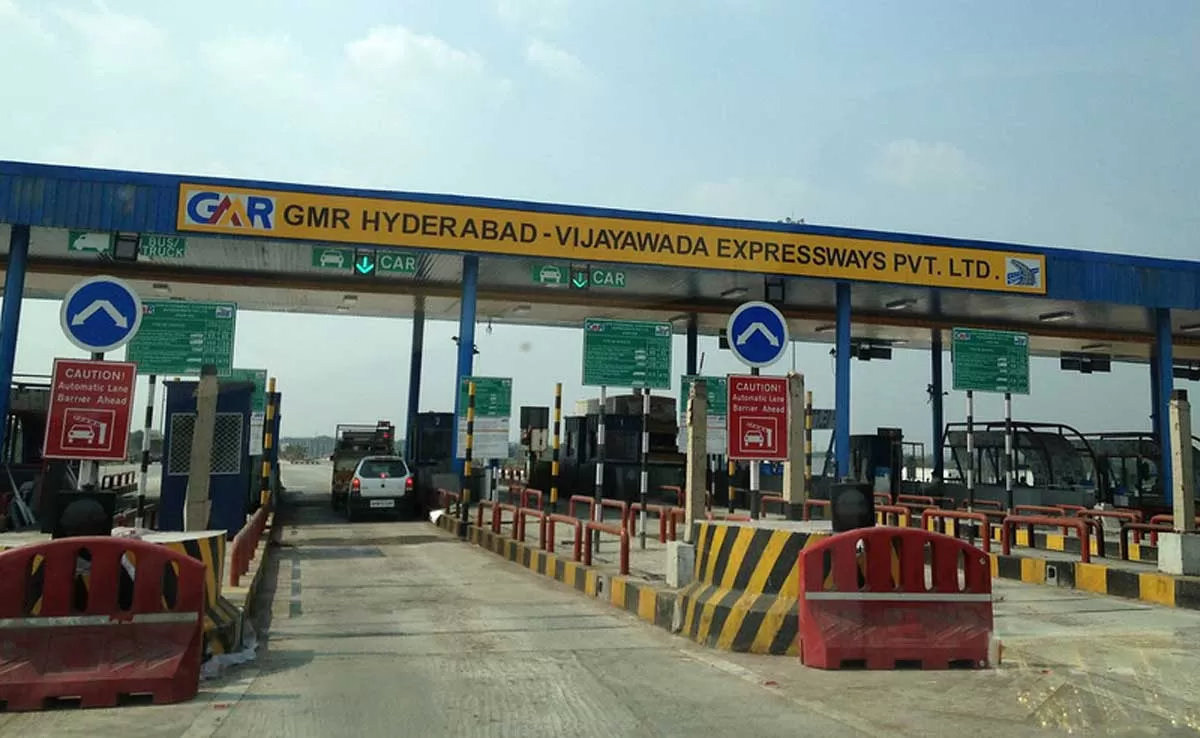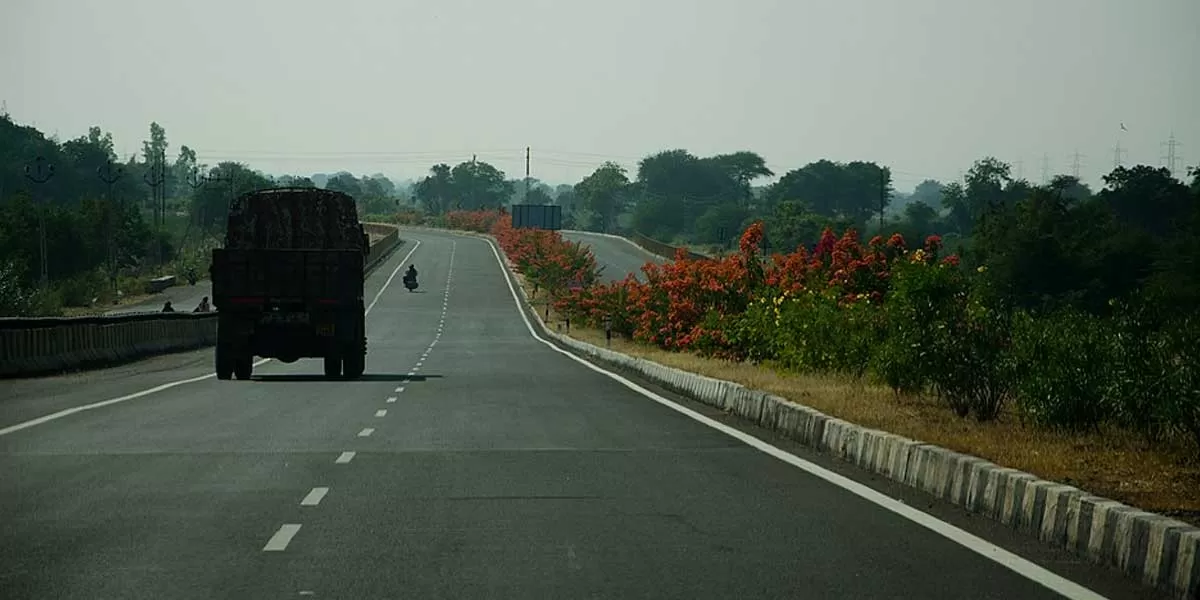Government committed to phase out HCFC by 2030
16 Mar 2018
4 Min Read
Editorial Team
The Ministry of Environment, Forest & Climate Change (MoEF&CC) and United Nations Environment Programme (UNEP), as a part of their commitment to completely phase-out hydrochlorofluorocarbons (HCFCs) by 2030 in India, have organised several national level workshops on implementing energy-efficiency and phasing out HCFCs in the building sector. These workshops were organised by Ozone Cell, MoEF&CC with support from Energy Efficiency Services (EESL) and The Energy and Resources Institute (TERI).
A recent workshop was held in Delhi and was attended by Climate Change experts like Gyanesh Bharti, Joint Secretary, MOEF&CC; Dr Ajay Mathur, Director General, TERI; Atul Bagai, Country Director, UNEP India; Bjarne Olesen, President, ASHRAE; Dr Amit Love, Joint Director, MoEF&CC and SP Garnaik, Chief General Manager, EESL; among other dignitaries. The workshop introduced HCFC phase-out plan for the stakeholders in building sector. It also helped to understand the existing regulatory framework in the sector to support HCFC phase-out management plan, preparedness of various stakeholders, probable hurdles and drawbacks that is needed to overcome for successful implementation of HPMP in building sector. Further, it also helped to find out the preparedness of the sector for future phasedown of HFCs (hydrofluorocarbon). Stakeholders from construction industry, building developers, building owners, academia, manufacturers, industry associates, consulting agencies and policy makers were part of the workshop.
The refrigeration and air-conditioning systems in buildings account for significant amount of HCFC consumption and energy use in buildings. Increase in real estate and infrastructure development activities across all major sectors in India is leading to necessary push to the high demand of HCFC based solutions. Apart from using HCFC-based solutions, energy-efficient building design can also directly reduce the demand for refrigerants by considering the climate and sunlight, making it possible to use smaller air-conditioning equipment and other ozone depletion substances.
After successfully implementing HCFC phase-out management plan (HPMP) Stage-I, the Government of India launched the Stage-II in March 2017. The key aspect of the plan is to provide technical assistance and awareness programmes to all industries, especially the small and medium-sector. Also, EESL is working towards retrofitting 10,000 buildings with energy efficient appliances in the next three years.
The latest Kigali Amendment to the Montreal Protocol calls for the phase down of HFCs to control the greenhouse gas emission due to its use. As per the Montreal Protocol, India must achieve complete phase out of HCFCs by 2030 and start phase down of HFCs by 2028. It has been identified that, about 70-80 per cent of the Ozone Depleting Substances (ODSs), which include HCFCs, are used in refrigeration and air-conditioning (RAC), building insulation and fire-fighting equipment, contributing to both direct and indirect CO2 emissions. Therefore, buildings will have a significant impact on emissions in the years to come. Energy-efficiency in buildings and equipment has been identified as the key to mitigating both ozone depletion and impacts on climate change.
Energy experts have identified a three-pronged approach as a key in phasing out the use of HCFCs in buildings. First, reduce demand for refrigerants through energy-efficient equipment and buildings. Second, replace HCFCs with zero Ozone Depleting Potential (ODP) and low Global Warming Potential (GWP) alternatives that achieve both ozone protection and climate benefits. Third, use not-in-kind alternative technologies that do not rely on Ozone Depleting Substances (ODS).
The transition from HCFCs to environment-friendly, technically proven and economically viable alternatives is a challenging task, particularly for a developing country. However, India has voluntarily followed a low carbon development path, while phasing out HCFCs by adopting non-ODS, low Global Warming Potential (GWP) and energy-efficient technologies in its HCFC Phase Out Management Plan (HPMP), which is unlike growth paths taken by many countries in the developed world.

















